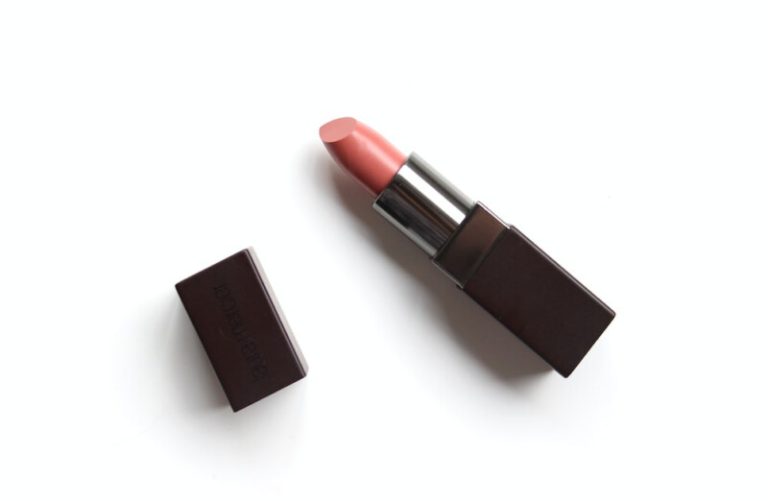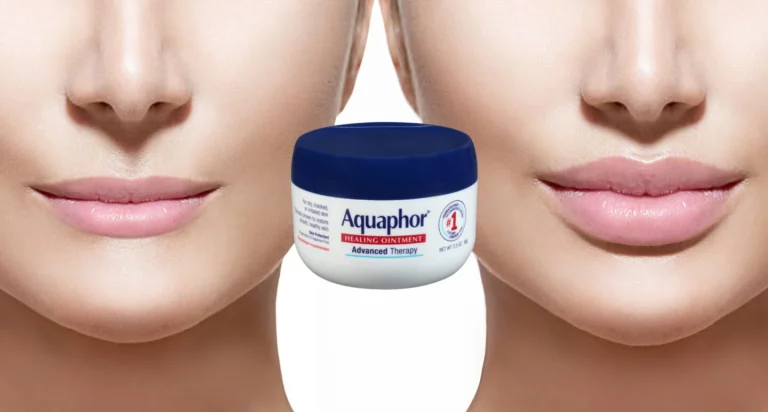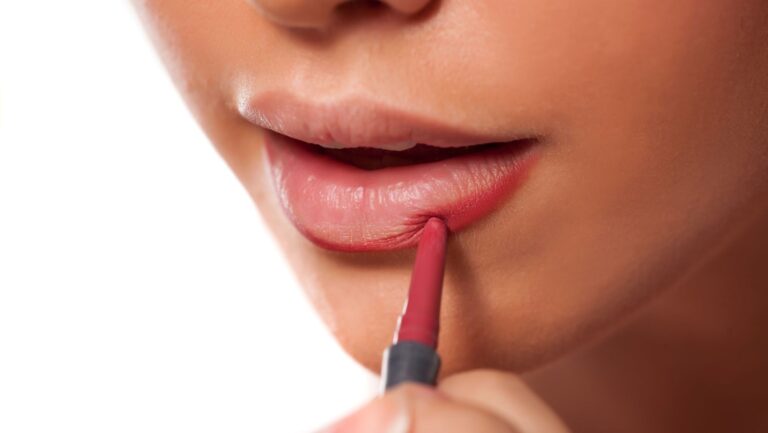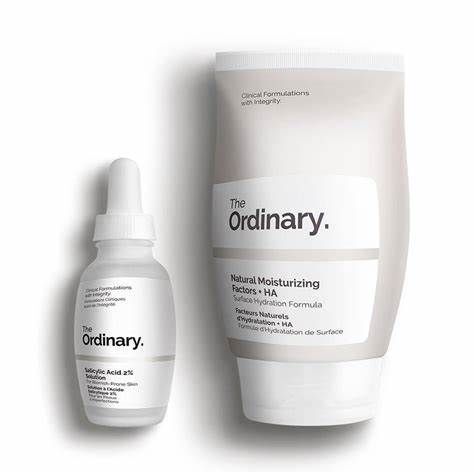Is Carmex Good or Bad For You?
Carmex is a popular lip balm that has been around for decades. With its little yellow cap and medicated cherry flavor, it’s a household name in lip care and protection. But is this staple product actually good for your lips? Or does Carmex do more harm than good?
In this comprehensive guide, we’ll take a closer look at Carmex, its ingredients, benefits, and drawbacks. We’ll also explore natural alternatives to Carmex for those looking for a more organic lip care option. By the end, you’ll have all the information you need to decide if Carmex is bad for you or not.
An Overview of Carmex
Contents
Carma Laboratories first developed Carmex in the 1930s. It was originally sold as a cream to soothe skin irritations and chapping. Over time, the company reformulated the product into a lip balm meant to treat cold sores and chapped lips.
Today, Carmex comes in a small tube or jar containing a medicated, petrolatum-based formula. The lip balm has a smooth, waxy texture that adheres to lips. It contains three main active ingredients:
- Camphor – Provides a cooling, numbing sensation
- Phenol – Has antiseptic properties
- Salicylic Acid – A chemical exfoliant
In addition to the active ingredients, Carmex contains lanolin, petrolatum, flavoring, and fragrance. It has a strong medicinal scent along with a tingly cherry taste.
Carmex claims to both moisturize and treat a variety of lip conditions. With its pain-relieving ingredients, it aims to soothe irritated, chapped, dry, or cracked lips. The lip balm also claims to help diminish the appearance of cold sores.
Benefits of Using Carmex
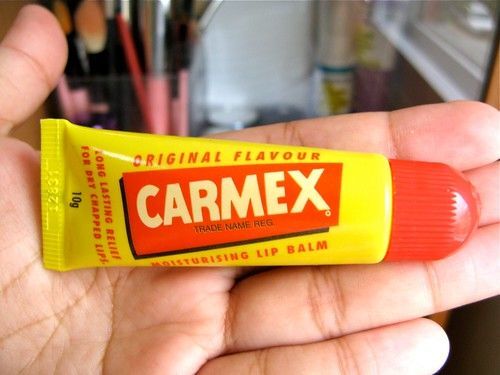
Carmex does provide certain benefits for the lips:
1. Moisturizes Dry Lips
One of the main ingredients in Carmex is petrolatum, a moisturizing emollient that creates a protective barrier on lips. The petrolatum in Carmex helps seal in moisture and prevent water loss. This provides temporary relief for chronically dry lips.
2. Soothes Irritated Skin
Thanks to its active ingredients like camphor and menthol, Carmex has a cooling effect when applied to the lips and skin. This can help reduce inflammation, pain, redness, and irritation caused by chapping, rashes, or cold sores.
3. Temporarily Protects Lips
The thick, waxy formula of Carmex adheres well to the lips and creates a barrier against the elements like cold, wind, and sun. This offers temporary protection and lubrication if you’ll be outside exposing your lips to harsh weather.
4. Reduces Appearance of Cold Sores
The phenol and salicylic acid in Carmex have antiseptic properties to cleanse the skin while the camphor provides numbing pain relief. Using Carmex during a cold sore outbreak may diminish the size, redness, and discomfort of cold sores.
5. Exfoliates Dead Skin
The salicylic acid in Carmex is a chemical exfoliant that helps slough off dead skin cells on the lips. This can reduce flaky, peeling skin and improve the texture and appearance of lips over time.
Drawbacks of Using Carmex
Although Carmex has some benefits, there are also several drawbacks to consider:
1. May Cause Irritation
While the active ingredients like camphor and menthol provide a cooling sensation at first, they can end up irritating sensitive lips with continued use. The phenol in Carmex is also a known skin irritant.
2. Petrolatum Doesn’t Hydrate
Although petrolatum moisturizes on the surface temporarily, it doesn’t actually hydrate lips in the long-run. Extended use of petrolatum-based products like Carmex may dry out lips more over time.
3. Can Lead to Addiction
The menthol and camphor create a tingling sensation that some find addictive. As a result, people end up applying Carmex constantly throughout the day for temporary relief. This can make lips dependent on the product.
4. Not Natural Ingredients
Carmex contains chemical ingredients like petrolatum, phenol, and salicylic acid. Those looking for a natural lip balm would do better finding a plant-based formula without synthetic ingredients.
5. Strong Scent and Taste
The medicinal cherry scent and tingling camphor taste of Carmex may be off-putting to some users who prefer lighter, more pleasantly flavored lip products. The fragrance and flavorings could also irritate lips.
A Look at the Main Carmex Ingredients

To get a better idea of how Carmex affects your lips, let’s take a more in-depth look at its main ingredients:
Petrolatum
Petrolatum is a purified petroleum jelly commonly used in skin and lip care for its emollient properties. The petrolatum in Carmex helps seal moisture into lips and provide a protective barrier.
However, since petrolatum just coats lips instead of penetrating deeply, it offers only temporary relief from dryness. It also has an occlusive effect, meaning it can trap bacteria, leading to breakouts around the lips.
Overall, frequent petrolatum use is not ideal. It’s better to find moisturizing oils that actually nourish lips over time.
Camphor
Camphor is extracted from the wood of the camphor tree. It has a strong menthol-like odor and produces a cooling, numbing effect on the skin. Camphor works as a mild anesthetic to soothe pain and itching on the lips.
However, camphor can be an irritant for some people. Prolonged use may cause redness, swelling, and inflammation on sensitive skin. As such, camphor-containing products like Carmex should only be used for short periods.
Phenol
Phenol is a type of active antiseptic ingredient added to skin care products for its cleansing properties. In Carmex, the phenol helps sanitize lips and diminish cold sores.
But phenol is also known to be sensitizing, especially with repeated use. Those with easily irritated skin may experience adverse reactions like redness, dryness, or burning when using phenol.
Salicylic Acid
Lastly, salicylic acid in Carmex acts as a chemical exfoliant to slough off dead cells and smooth the lips. However, salicylic acid can be dehydrating with excessive use.
If your lips are already dry and flaky, the exfoliating effects of salicylic acid could do more harm than good by stripping away the lips’ natural oils. This underscores the importance of hydration when using Carmex regularly.
Natural Alternatives to Carmex
If you find that Carmex causes irritation, stinging, or drying overtime, you may want to switch to a natural lip balm instead. Here are some of the top Carmex alternatives:
1. Raw, Organic Honey
Pure raw honey makes for an excellent lip moisturizer thanks to its antimicrobial and humectant properties. It helps bind moisture to lips while also protecting them. The viscosity of honey creates a nourishing barrier over lips as well.
2. Virgin Coconut Oil
Coconut oil contains fatty acids that deeply hydrate and soften lips. It melts easily when applied for better absorption. Plus, coconut oil has natural SPF to shield lips from sun damage. Its antimicrobial properties help treat cold sores too.
3. Beeswax Lip Balm
Lip balms made with beeswax provide long-lasting moisture and protection. Beeswax conditions lips while locking in hydration. It also forms a breathable barrier that won’t trap bacteria like petrolatum can.
4. Shea Butter Lip Balm
Shea butter lip balms moisturize lips with vitamins A and E. Shea butter melts into lips when applied and gets absorbed quickly. Look for organic, unrefined shea butter for the most benefits.
5. Natural Oils like Avocado, Olive, Jojoba, or Almond
Plant-based oils can be applied directly on lips or used in homemade balms. They contain essential fatty acids that penetrate deeply to nourish lips from within. Oils also reinforce the lipid barrier on lips.
Tips for Choosing the Right Lip Balm
When shopping for a lip balm, keep these tips in mind:
- Avoid fragrances/flavors – Lip products with added perfumes or flavors could irritate sensitive lips. Go for fragrance-free balms instead.
- Use SPF protection – Look for broad-spectrum SPF 15+ to shield lips from sun damage. Reapply every 2 hours for maximum sun protection.
- Read the label – Check the ingredients list carefully to avoid synthetic chemicals, preservatives, and potential irritants.
- Consider texture – Very dry, flaky lips may benefit from thicker butters and waxes that adhere better. Oils work well for mildly chapped lips.
- Watch out for tingle – Menthol, camphor, and phenol can initially feel soothing but prolonged tingling sensation may signal irritation.
- Do a patch test – Try a small amount of any new lip product on your arm first to check for adverse reactions before applying it to lips.
Conclusion
So, is Carmex ultimately bad for your lips? Well, it depends. Carmex can provide temporary relief for irritated, dry lips thanks to its petrolatum, camphor, and menthol. However, its synthetic ingredients may cause adverse reactions like redness, stinging, and increased dryness with prolonged use.
Those with sensitive skin should be especially careful with Carmex due to potential irritants like phenol. Petrolatum- reliance can also backfire by drying out lips more over time. For a gentler option, try using natural lip balms with ingredients like coconut oil, shea butter, or beeswax instead.
While Carmex isn’t necessarily harmful, it may not be the best choice for regular, long-term lip care. Pay attention to how your lips react after continued use. If you experience any irritation, stinging, or dependency from frequent application, it’s definitely time to switch to a healthier, more nourishing lip balm.

Founded by Sophia Rodriguez, IGXO Cosmetics is a PETA-certified, cruelty-free, and vegan makeup brand.
